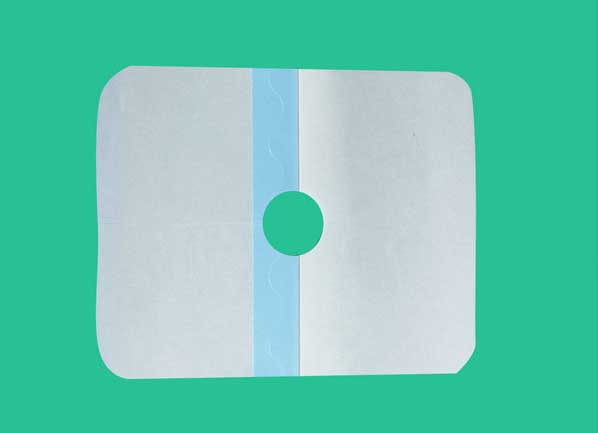Seven categories of medical dressings that are more "intimat
Editor of this website :Hangzhou Xinhao Medical Technology Co., Ltd
Release date :2018-07-11 20:52
Number of views :
Previously, we used traditional gauze to treat wounds on the skin, but now more and more new medical dressings are replacing it. Why is there such a trend? With the aging of the world’s population, the treatment of chronic wounds in the elderly has become an increasingly serious problem, and the skin can play an important role in preventing water and electrolyte loss in our body. Therefore, after skin injury, it is necessary to use medical dressings as skin substitutes to protect the wound, prevent wound infection and severe dehydration, provide a moist environment conducive to wound healing, and promote wound healing.
&Nbsp;
 Hangzhou Xinhao Medical Technology Co., Ltd., as a professional Medical dressing manufacturer , Let me share with you seven common medical dressings, as follows:
Hangzhou Xinhao Medical Technology Co., Ltd., as a professional Medical dressing manufacturer , Let me share with you seven common medical dressings, as follows: &Nbsp;
① Natural gauze is an early and widely used type of dressing.
&Nbsp;
② Foamed multi cluster dressings are a type of dressings made by foaming polymer materials, often covered with a layer of semi permeable polymer film on the surface, and some also have self-adhesive properties.
&Nbsp;
③ Alginate dressings are a high-tech dressing made from natural fiber dressings extracted from seaweed plants and finely processed.
&Nbsp;
④ Hydrogel dressings are currently one of the good medical dressings.
&Nbsp;
⑤ Nano silver dressings are a type of natural and environmentally friendly precious metal (silver) dressings prepared using high-tech nanotechnology. This type of nano silver has strong broad-spectrum bactericidal ability, no drug resistance, and excellent tissue repair function. This is a type of dressing with high technological content and good quality, with broad application prospects.
&Nbsp;
⑥ Polyfilm dressings are a relatively good type of dressings, with the characteristics of oxygen, water vapor and other gases being freely permeable, while particulate foreign objects such as dust and microorganisms in the environment cannot pass through.
&Nbsp;
⑦ The latter type is synthetic fibers
Previous article :Medical tape manufacturer: usage standards for medical tape
Next article :There is a sterile patch called Su Fu





